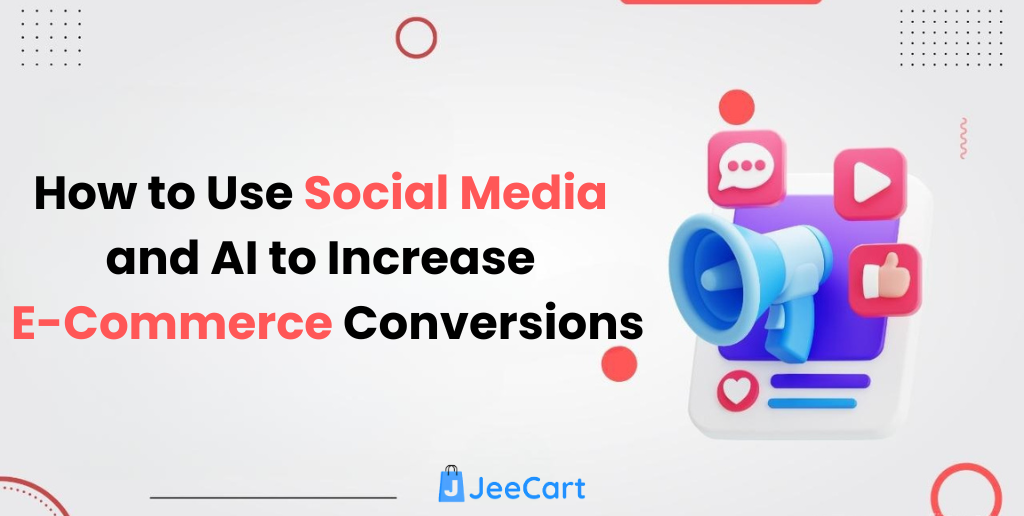Ecommerce A/B testing helps you find what works best to boost sales by testing different versions of your webpage or ads. Businesses using A/B testing can see up to a 30% increase in conversions!
In fact, 74% of companies say it’s their top way to improve their websites.
It’s all about making smart decisions based on data, whether it’s changing headlines or images. In this blog, we’ll cover the benefits of A/B testing, tools, examples, and more!
How E-commerce A/B Testing Works: A Step-by-Step Breakdown
Curious about what drives your customers to click “buy”? A/B testing is your secret weapon for solving the mystery. Let’s break it down for you!
Step 1: Pick a Goal
Before you begin any test, you must understand what you aim to enhance. Do you want to increase the number of clicks on a product page? Increased numbers joining your newsletter? Or perhaps additional items are being included in the cart? This represents your “goal” – the element you’re attempting to enhance.
For example picture a shop offering fashionable sneakers. Their objective could be to encourage additional individuals to select the “Buy Now” option. Thus, that will be the focus of their A/B test.
Step 2: Create Two Versions
Once you know what you want to test, it’s time to get creative. You’ll create two different versions of the thing you’re testing. Let’s stick with that sneaker store.
- Version A (Original): The website has a classic product page with a “Buy Now” button in blue.
- Version B (New): The website has the same product page, but the “Buy Now” button is now red and a little bigger.
In this example, you’re testing which button color and size get more people to click. Does blue work better? Or is red the winning choice?
Step 3: Split Your Audience

Here’s where the fun happens. Instead of showing everyone the same version, you split your audience. Half the visitors see Version A, and the other half see Version B. This way, you can compare their behavior without influencing the outcome.
Imagine you have 100 visitors. You’ll show:
- 50 people the blue button (Version A)
- 50 people the red button (Version B)
It’s like asking a group of people to try two different soda flavors – you’ll see which one’s more popular, but no one knows which is which until the results come in.
Step 4: Let the Data Do the Talking
After a few days (or weeks), it’s time to see what happened. The goal here is to see which version got more clicks, purchases, or whatever your goal was. If the red button gets more clicks, then you have your winner!
But, it’s not just about numbers. A/B testing gives you insights into user behavior. Maybe people liked the red button because it felt more urgent or exciting. Maybe the blue button felt too calm to take action. Either way, you now have real data to guide your next moves.
Step 5: Implement the Winner
Once you know which version works best, you can implement it across your entire website. In this case, the sneaker store would update all product pages to feature the red “Buy Now” button.
But remember – just because red worked today doesn’t mean it will always be the best. You can keep testing and tweaking to keep improving. Maybe next, you’ll test different button text or a new photo.
Step 6: Keep Testing!
The key to A/B testing is that it’s a continuous process. E-commerce companies are continually enhancing their strategies. The aim is to continually enhance your website, maintaining a vibrant and stimulating shopping experience for your clients.
Therefore, whether you’re adjusting colors, buttons, text, or visuals, A/B testing is an enjoyable method to discover your customers’ true preferences – and enhance your sales along the way.
Summary
A/B testing in e-commerce is like running mini experiments to improve the shopping experience. With each test, you get closer to understanding what makes your customers tick – and that’s a win for everyone. So, next time you see a little change on a website, remember: it’s probably the result of a friendly competition!
A/B Testing: The Pros, The Cons, and the Wow Factor
Behind every successful online store lies a secret weapon—A/B testing. This method isn’t just about comparing two versions of a page or product; it’s about unlocking the “Wow!” factor that turns visitors into customers. When done right, A/B testing delivers remarkable results, but it’s not without its challenges. Whether you’re chasing higher conversions or deeper customer insights, let’s explore the ups, downs, and transformative power of this essential tool.
The Pros: Why A/B Testing Is Like a Superpower
1. Crystal Clear Insights
Imagine you’re running an online shoe store (we’ll call it “SoleMates”). You’re debating if a red “Buy Now” button works better than a blue one. With A/B testing, you can know what your customers love instead of just guessing.
Example:
SoleMates ran a test and found the red button increased clicks by 25%. Boom—sales soared, and suddenly, you’re the next Zappos.
2. Boosting Conversions Without Redesigning Everything
A/B testing is like a mini site makeover. Small tweaks like changing a headline or rearranging product images can lead to big improvements.
Example:
Remember Airbnb’s homepage? At one point, they tested a version with a more prominent search bar. That tiny change became a game-changer, making finding rentals easier, and their booking rates skyrocketed.
3. Understanding Customer Behavior Like Never Before
You think you know what your customers want, but do you really? A/B testing shows you the unfiltered truth.
Example:
Nike tested a product page with user-generated photos vs. pro-shot ones. The result? Shoppers loved seeing real people in the gear, proving authenticity wins hearts.
The Cons: Hold Up, It’s Not All Sunshine and Rainbows
1. It Takes Time and Patience
Results don’t happen overnight. You need enough traffic to gather meaningful data, which means patience.
Example:
A small boutique store, “ChicCo,” tried testing their checkout page. But with only a trickle of daily visitors, the test took months to show results.
2. Watch Out for False Wins
Sometimes, results look great at first but don’t hold up over time. It’s easy to celebrate too soon and later wonder why progress stalled.
Example:
An electronics brand, “ZapTech,” changed their pricing display during a holiday rush. Sales spiked, but when they kept it post-holiday, it flopped. Turns out, timing mattered more than the display tweak.
3. Requires Brainpower and Tools
It’s not just slapping two designs together. You’ll need a solid strategy, analytics know-how, and some magnificent tools to excel your business.
The Wow Factor: When A/B Testing Finally Works
1. Creative Campaigns That Attracts Customers
When Spotify tested their personalized playlists, they found people engaged way more with cover art that reflected user mood. Now, “Your Daily Mix” feels like it was tailor-made by your BFF.
2. Transformational Tweaks
Take Amazon (the king of A/B testing). At one point, they tested their “People who bought this also bought…” section. That simple addition revolutionized cross-selling and became an e-commerce staple.
3. The Unexpected Wins
Sometimes, you test something quirky, and it works.
Example:
A pet supply brand, “PawPal,” tested putting funny dog memes in their confirmation emails. Not only did people laugh, but they also revisited the store, leading to a 40% boost in repeat purchases.
7 Tools for Ecommerce A/B Testing
If you operate an e-commerce business, A/B testing is essential for enhancing your website and boosting conversions. Luckily, AI has simplified and enhanced the efficiency of this process.
Here are 7 AI tools that can assist you with A/B testing:
1. Optimizely
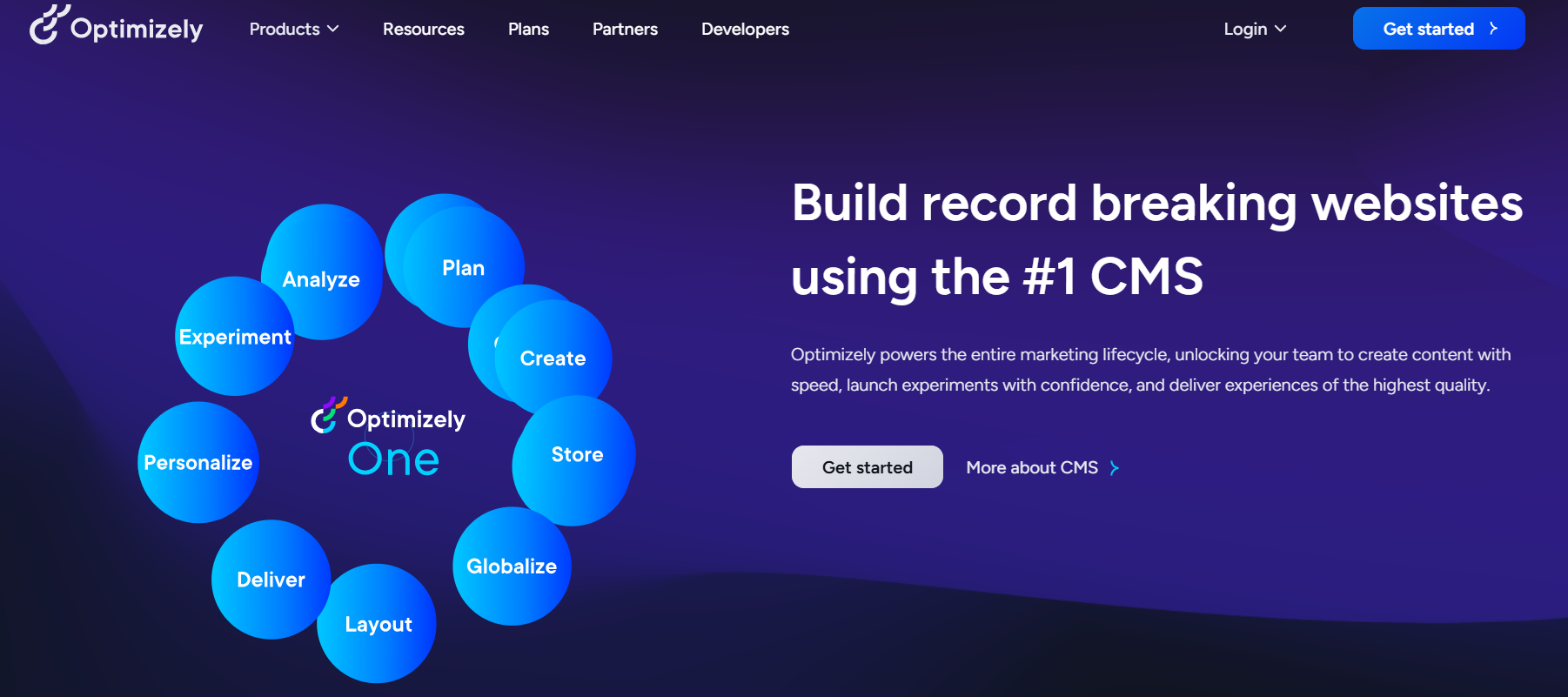
- Features: AI-driven experimentation and personalization.
- Use Case: Perfect for testing product pages, checkout flows, and content variations to find what drives sales.
2. Google Optimize
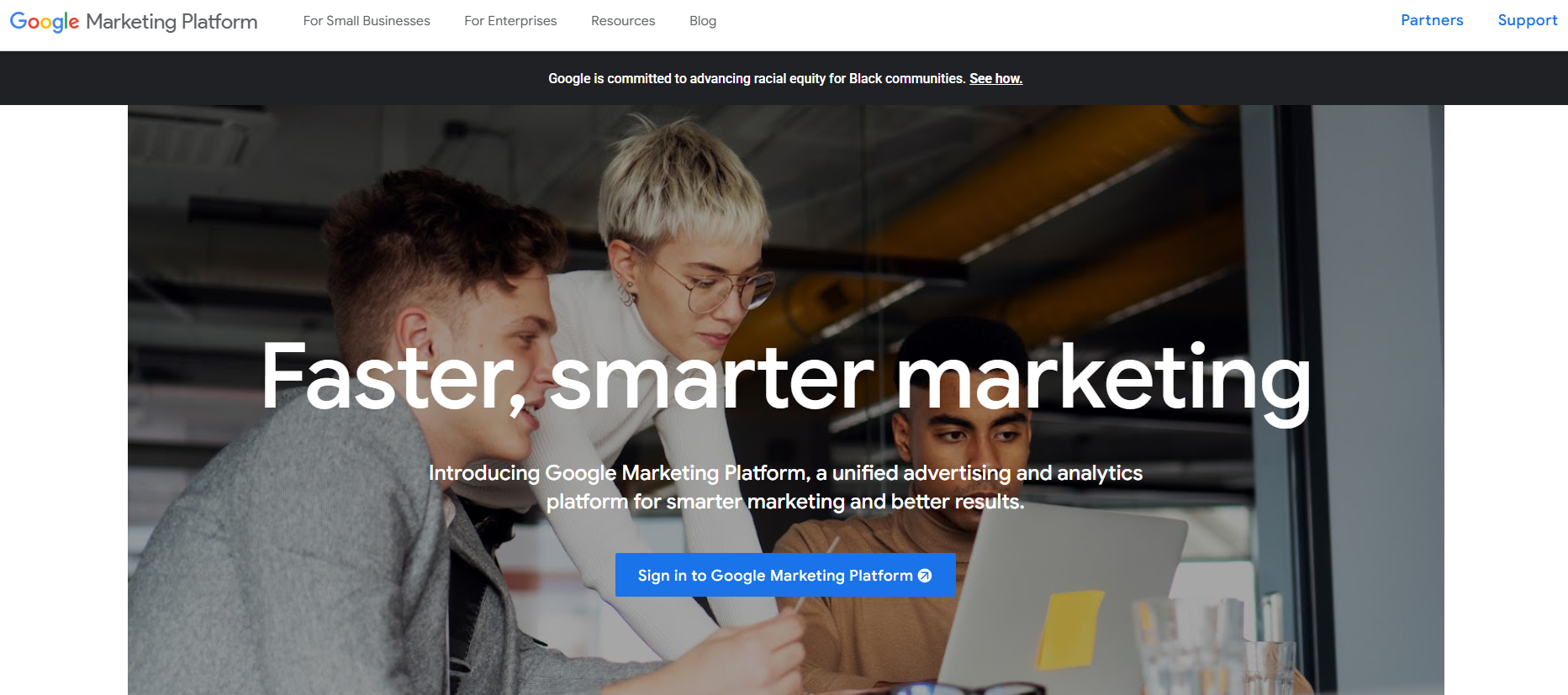
- Features: An easy-to-use interface for designing A/B tests and multivariate tests, enhanced by machine learning insights.
- Use Case: Ideal for small to medium-sized businesses, particularly if you’re already using Google Analytics for data tracking.
3. VWO (Visual Website Optimizer)
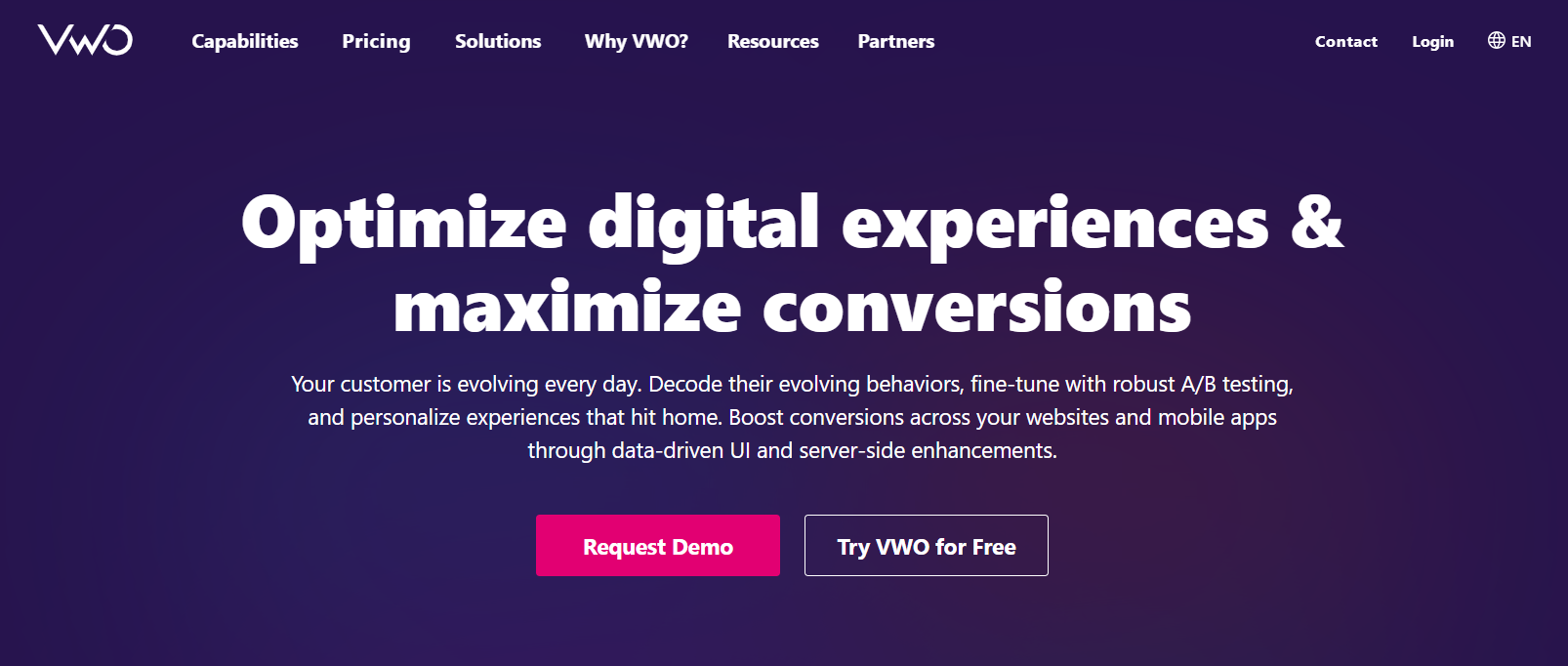
- Features: Merges A/B testing, heatmaps, and session recordings with AI analysis to enhance user experience.
- Use Case: Assists in evaluating components such as CTAs, product details, or even complete landing pages.
4. Unbounce
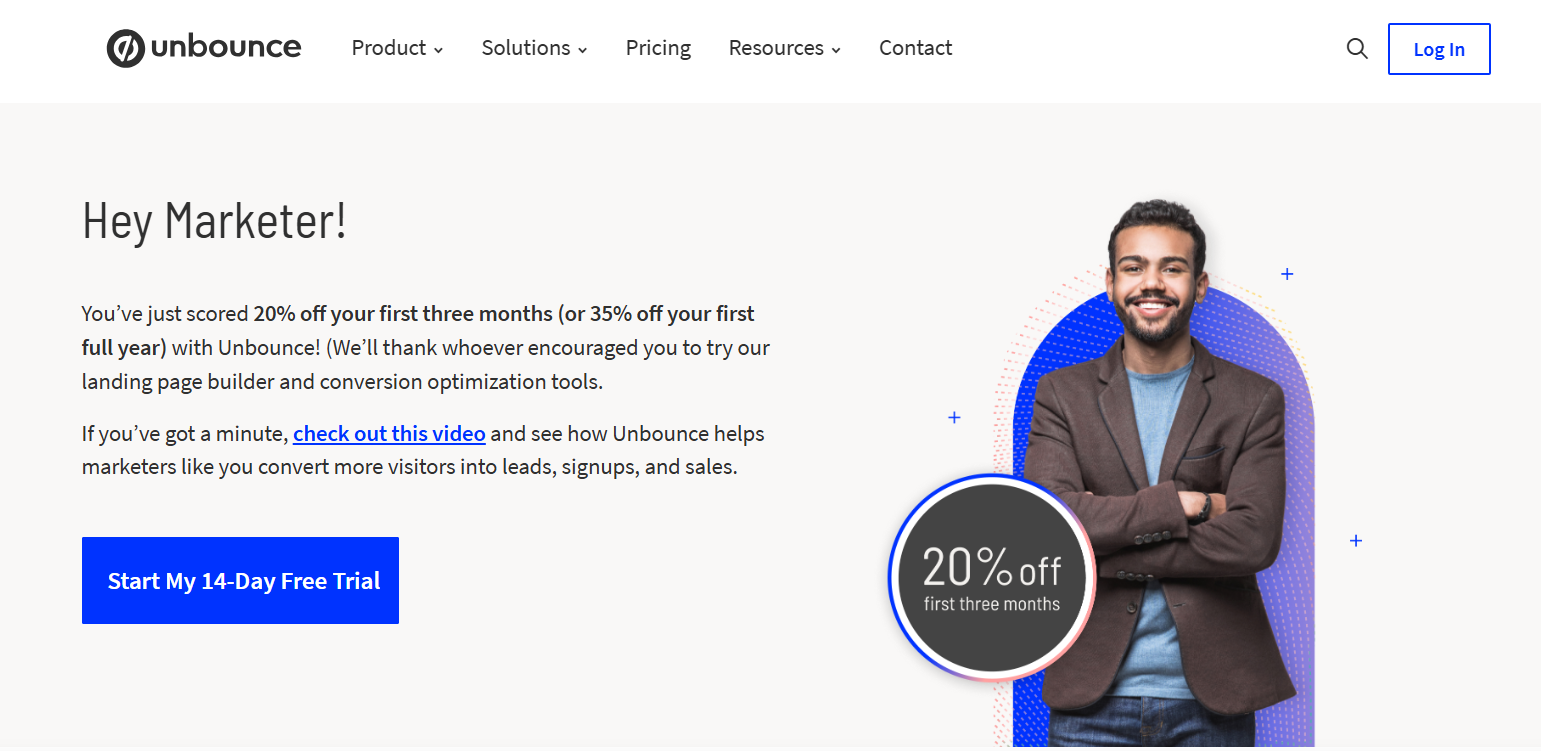
- Features: Smart AI-powered landing page testing, built-in AI to suggest design and content tweaks.
- Use Case: Great for running tests on landing pages and improving the conversion rates for ads or offers.
5. Dynamic Yield
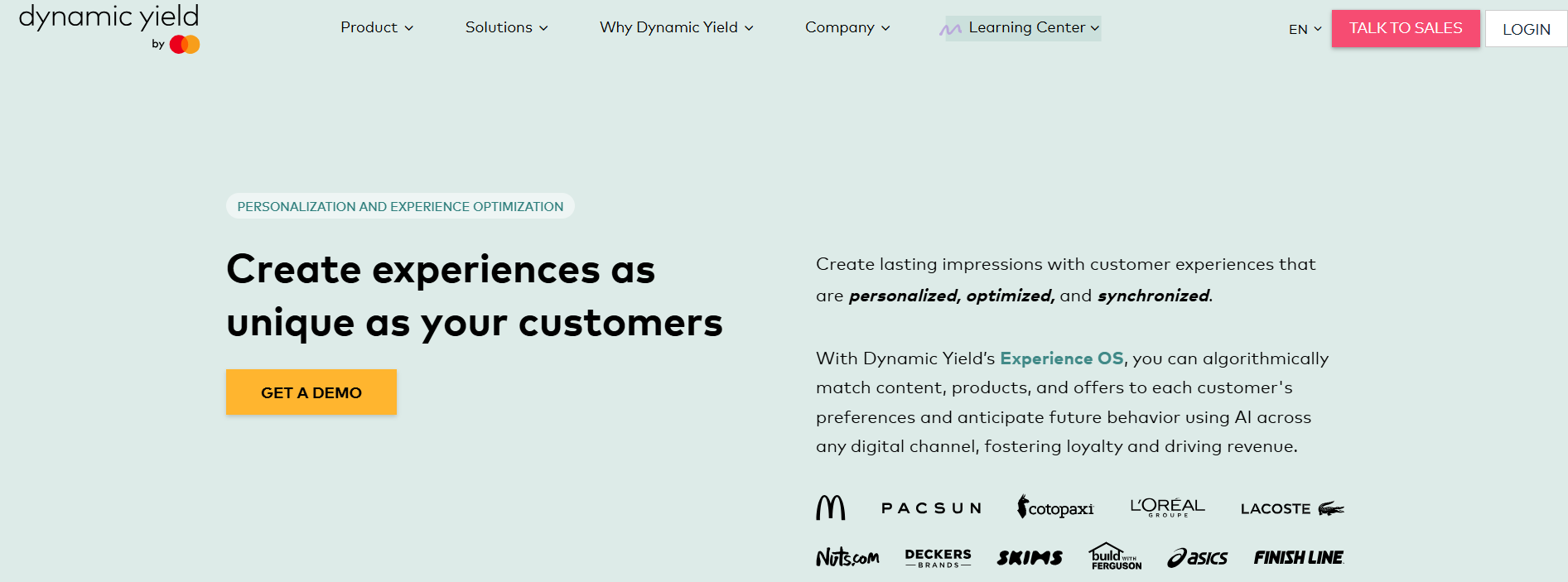
- Features: AI-backed personalization engine that allows automated A/B testing across all touchpoints.
- Use Case: Perfect for personalized shopping experiences, testing everything from product recommendations to dynamic content displays.
6. Convert.com
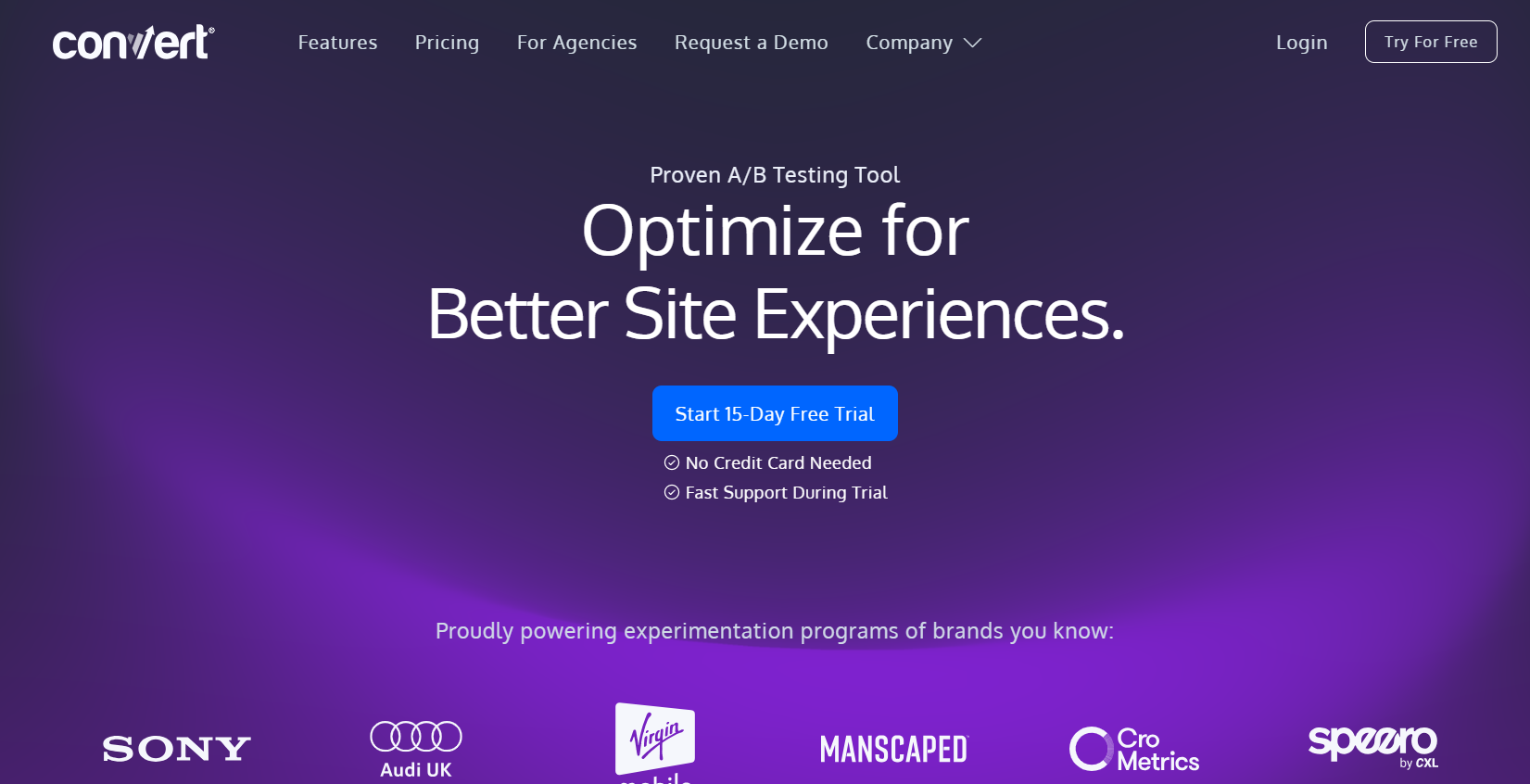
- Features: Offers AI-powered experimentation, insights, and integrations with other platforms like Shopify.
- Use Case: Ideal for businesses looking to test both A/B and multivariate tests for personalized product suggestions.
7. Crazy Egg
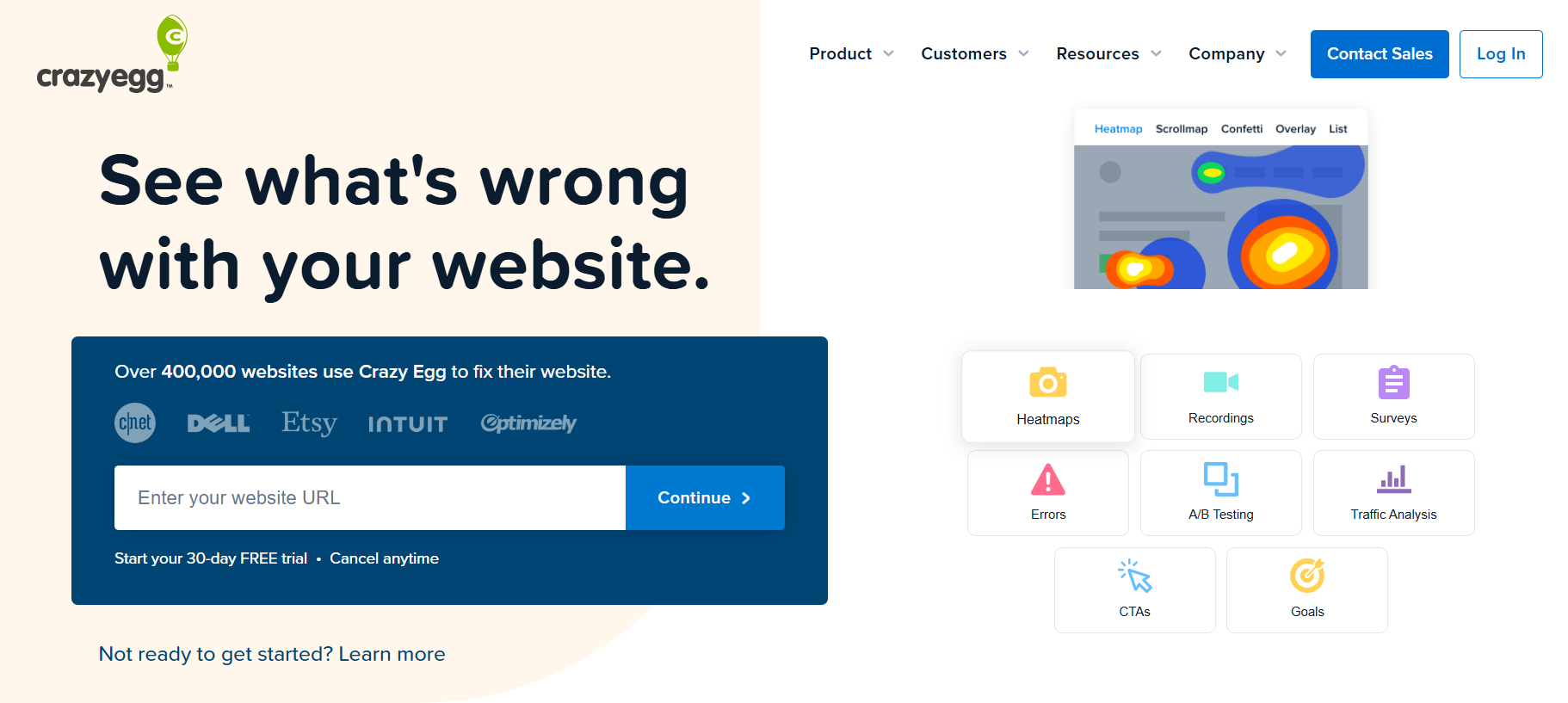
- Features: Heatmaps, session recording, and A/B testing powered by machine learning.
- Use Case: Useful for tracking user behavior to run better A/B tests on everything from product images to site navigation.
These AI tools, including advanced ai agent tools, can simplify the A/B testing process, helping you focus on what truly matters boosting conversions and improving the user experience!
Real Examples of Ecommerce A/B Testing
A/B testing is an effective method that online retailers utilize to enhance their websites, applications, and marketing approaches. Let’s explore a few instances from well-known brands:
- Amazon – Button Color and Placement
Amazon, the online retail giant, continually tests its user interface to enhance conversion rates. A/B testing regarding the position and color of the “Buy Now” button resulted in a significant rise in sales. Through experimenting with different factors such as repositioning the button on the page or altering its color, Amazon guarantees that the arrangement enhances the chances of a click. - eBay – Product Listing Enhancements
eBay conducted experiments to assess how enhanced product images and descriptions affect user engagement. In a particular A/B test, the firm modified the dimensions and placement of product images on the listing page.A significant boost in sales and a more positive customer experience. - Booking.com – Price and Discount Strategies
Booking.com has been recognized for its long-standing experiments with pricing and promotional communication. One of their A/B experiments examined the impact of “limited-time offers” compared to “discount percentage” communications. They observed that users were more inclined to make a purchase when presented with a countdown timer linked to their discount, creating a feeling of urgency. - Netflix – Personalized Thumbnails
Netflix employs A/B testing to enhance the presentation of content to its users. Through the use of personalized thumbnails (varying images for the same show based on user preferences), Netflix increased click-through rates for their content suggestions. This heightened involvement by displaying to viewers what they are most inclined to watch according to their past behavior.
These instances show that even the largest brands utilize A/B testing to adjust minor components that significantly influence customer behavior and revenue. The key takeaway? It’s all about testing and iterating for better results!
Common Pitfalls in A/B testing
A/B testing is like your secret weapon for improving e-commerce conversions—but let’s be honest, it’s easy to stumble into a few traps along the way. Here are some common pitfalls to watch out for and how to dodge them.
- Testing Too Many Things at Once
It’s tempting to throw in every idea you’ve got, but that just muddies the waters. Stick to one variable at a time—like button color or headline copy—so you can pinpoint what actually moves the needle. - Ignoring Sample Size
Patience is key here. Ending a test too early because you’re eager to see results can lead to bad decisions. Make sure you’ve got enough traffic and conversions to draw a solid conclusion. Otherwise, you’re just guessing. - Focusing on Vanity Metrics
Clicks are great, but if they don’t lead to sales, what’s the point? Always align your tests with the metrics that matter most—like revenue, conversion rates, or average order value. - Forgetting About Seasonality
Consumer behavior changes over time. Running a test during Black Friday will give you very different results than, say, in mid-February. Timing matters, so plan your tests accordingly. - Not Accounting for Long-Term Effects
Your winner today might not stay a winner forever. Keep an eye on how changes impact your site over weeks and months to avoid quick wins that hurt you later. - Skipping a Hypothesis
“‘Let’s wait and observe’ isn’t a plan.” Always begin with a hypothesis—what you are examining, the reasons behind it, and your anticipated outcome.
Steer clear of these pitfalls, and you’ll transform A/B testing into a genuine breakthrough for your company.
Conclusion
A/B testing can be incredibly valuable for refining your eCommerce site. But to truly get the most out of it, keep an eye on these pitfalls. Focus on one change at a time, have a large enough sample, consider context, be patient, test across devices, and always think long-term. This way, you’ll set yourself up for more informed decisions and ultimately a better user experience.
FAQS
1. How does A/B testing work?
It’s like a showdown! Split your audience into two groups: one sees version A, the other B. See which one wins by performance.
2. Why should I use A/B testing?
Why guess when you can know for sure? A/B testing lets you make data-backed decisions to boost conversions and user satisfaction.
3. What do I need to start an A/B test?
A hypothesis, a tool to measure, and enough traffic to get solid results.
4. How long should I run an A/B test?
Long enough to get reliable data, usually a few days to weeks. Patience pays off!
5. Can A/B testing work for emails?
Totally! Test subject lines, content, or timing to see what gets the best response.
6. What is statistical significance in A/B testing?
It’s the “yep, this isn’t a fluke” stamp of approval. It means your results are legit, not random chance.

